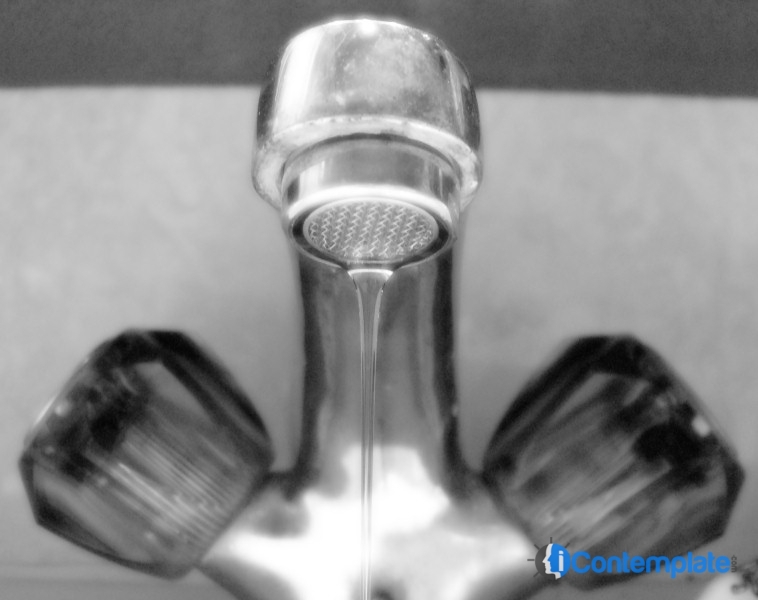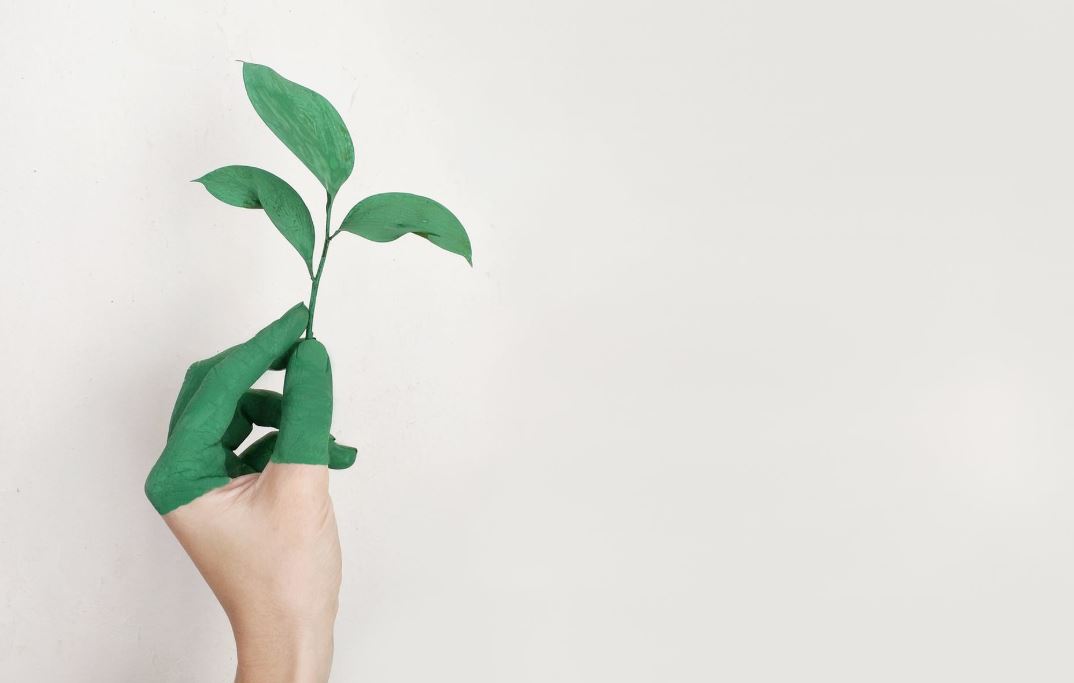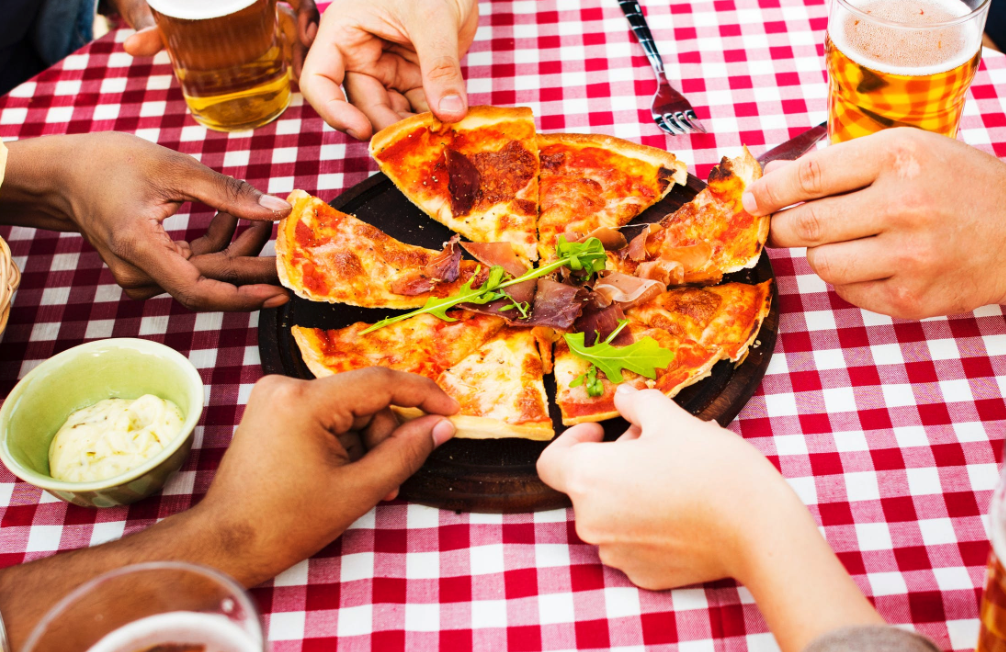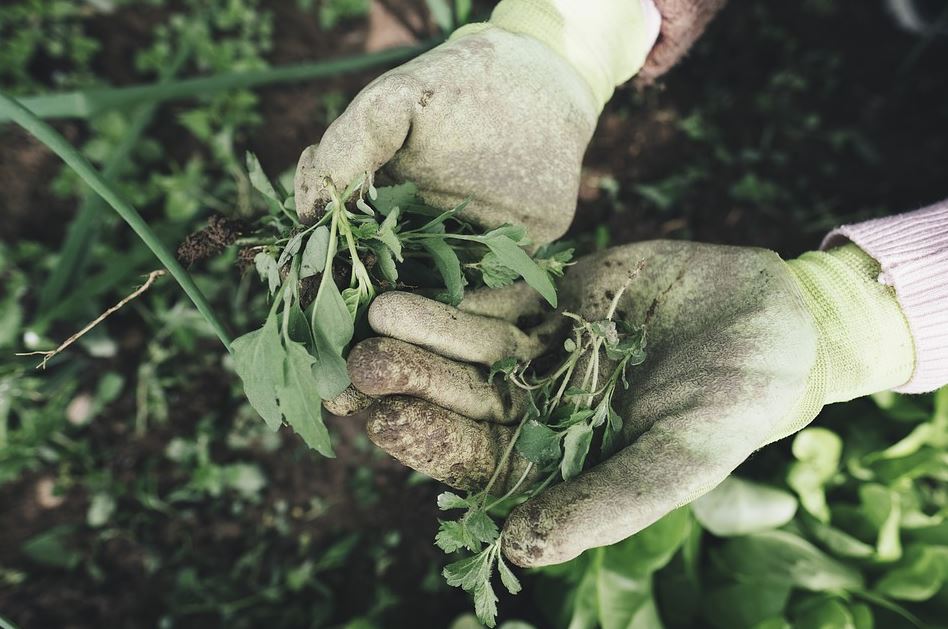The world has entered an era of environmental consciousness. As a result, more and more people are making the switch from bottled water to tap water in an effort to reduce, reuse, and recycle rather than create additional plastic waste. As the change occurs, the age-old question of “Is tap water safe and drinkable?” has become more important. Read on for everything you need to know about tap water, including the cities with the cleanest water in the United States, myths surrounding bottled water, and places where you shouldn’t drink the tap water.
Pure, Clean Water: Where Can I Find It?
The first thing you need to know is that tap water quality varies from city to city, so to make a general claim that “all tap water is great” would be misleading. Tap water can be of remarkably high quality, though. Some of the cities in the United States with the cleanest and freshest tap water are Salt Lake City, Utah; Des Moines, Iowa; Sioux Falls, South Dakota; Miami, Florida; Austin, Texas; Chicago, Illinois; and Birmingham, Alabama. Much of this has to do with where the water comes from. Utah’s drinking water, for example, comes directly from runoff from the mountains and doesn’t come in contact with any contamination sites. If you live in Washington, D.C., though, your water comes from the outlet of a major river that collects pollutants. Though these pollutants are removed at a treatment facility, it can be tough to remove all pollutants completely.
Other cities, in addition to Washington D.C., where the water could be considered subpar are Albuquerque, Fresno, and San Francisco.
Bottle Watered: Is It Worth It?
You might be surprised to learn that, despite all the advertising hype that goes into producing and selling bottled water, bottled water actually isn’t much different than regular tap water. In fact, it’s a myth that bottled water comes from a completely different source than tap water. Usually, the water in bottled water is about 40 percent regular tap water! It comes from the same place as tap water, is bottled using tap water, and is purified in the same manner that tap water is.
Water that comes from the tap is routinely tested for pollutants and harmful chemicals, and tap water must be filtered, purified, and disinfected before it can be used by the general public. Bottled water is also a much more expensive option than tap water. The National Resource Defense Council estimates that the cost of bottled water is 240 to 1,000 times greater than the cost of tap water.
Where Shouldn’t I Drink the Tap Water?
Before you commit to only drinking tap water from here on out, there are still a few places in the world where you should opt for a bottle instead. While you’re probably safe to drink any tap water while you’re in the United States, be wary of drinking tap water if you travel out of the country. Definitely avoid drinking the tap water in most of Africa, South America, and Asia, as well as Mexico and any islands. In the majority of Europe you’re probably fine, but it’s always best to look up a country’s water purification laws and recommendations from the US Department of State.
Byline
Roger Patterson writes on green living, organic foods, water storage tanks, reservoirs, environmental science, alternative fuel and other related topics.
Image credit goes to RainStorm.





